What will reduce fuel consumption
What will reduce fuel consumption
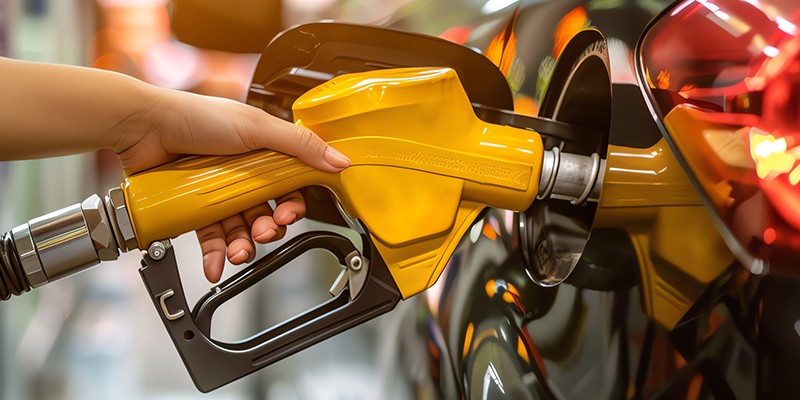
With fuel prices hitting record levels at forecourts this month, motorists will be keen to make any savings they can.
To help drivers save money filling up, we have compiled the following guide to economical driving. Sometimes known as eco-driving or 'hypermiling', this will help you to increase your all-important miles per gallon (mpg) figure.
Although the speed you drive at is arguably the most significant factor affecting fuel consumption, there are several other ways you can change your driving habits that will have a considerable impact on the money you spend at the pump.
1. Get rid of unnecessary weight in your car
Driving around with unnecessary weight in your car will affect its fuel economy. This doesn’t mean you have to stop giving Steve from IT a lift to work each morning. Just remove any unnecessary clutter from the interior of the car and the boot. While this won’t make a significant difference, every little bit helps. The lighter your vehicle is, the less work it needs to do to accelerate.
Given the current climate, you might be tempted to fill your fuel tank to the brim. However, fuel is heavy. By filling the tank up, you’re adding quite a weight to the vehicle. The less petrol your vehicle has in it, the more efficiently it drives. If possible, try to fill up slightly more often and only put ½ to ¾ of a tank, as it will make your car run more efficiently. We know that is easier said than done, as, in these anxious times, you never know how easy it’s going to be to purchase fuel, especially if you live in rural areas with not many petrol stations available.
Do you have a roof bar or roof box on the top of your car? If so, remove them when they don’t need to be used because they create wind resistance and cause your vehicle to use more fuel through the ‘drag’ effect. This is increased the faster you drive. According to the Energy Saving Trust, an empty roof rack adds 16% drag when moving at 75mph. At the same speed, a roof box adds 39%, making your vehicle much less fuel-efficient.
.jpg)
2. Service and maintain your car
Keeping your car maintained and serviced regularly will help improve the efficiency of the vehicle, which in turn will improve your fuel consumption.
.jpg)
3. Watch your speed
Too much excessive speed is the main fuel-guzzling factor. Try to ensure that all of your acceleration is gentle, as this is vital for fuel-efficient driving.
Of course, there will always be several times that you have to accelerate on a journey, but that doesn't mean you have to pull away like you're Lewis Hamilton trying to get ahead of Max Verstappen on the starting grid!
One of the best ways for achieving high mpg is driving in the highest possible gear for your car while keeping within the speed limit. In urban areas, the best advice is to change up through the gears as fast as you can with the lowest revs possible, probably at around 2000rpm.
Remember, the faster an engine spins, the more fuel it uses. Although, this optimum fuel economy will vary for each car.
While there is an ideal speed, road conditions and gradients do not always allow you to do that speed. Therefore you have to learn and improvise by adjusting your driving according to the road ahead; a technique referred to as hypermiling.
Even though there isn’t one driving speed that is optimum for fuel economy, over the last few years, 56mph has regularly been talked about as being the ideal speed. This was due to the old fuel consumption test being run at three speeds: urban, 56mph and 75mph – and 56mph was always, predictably, the most efficient of these. In most cases, cars are most efficient between 45-50mph.
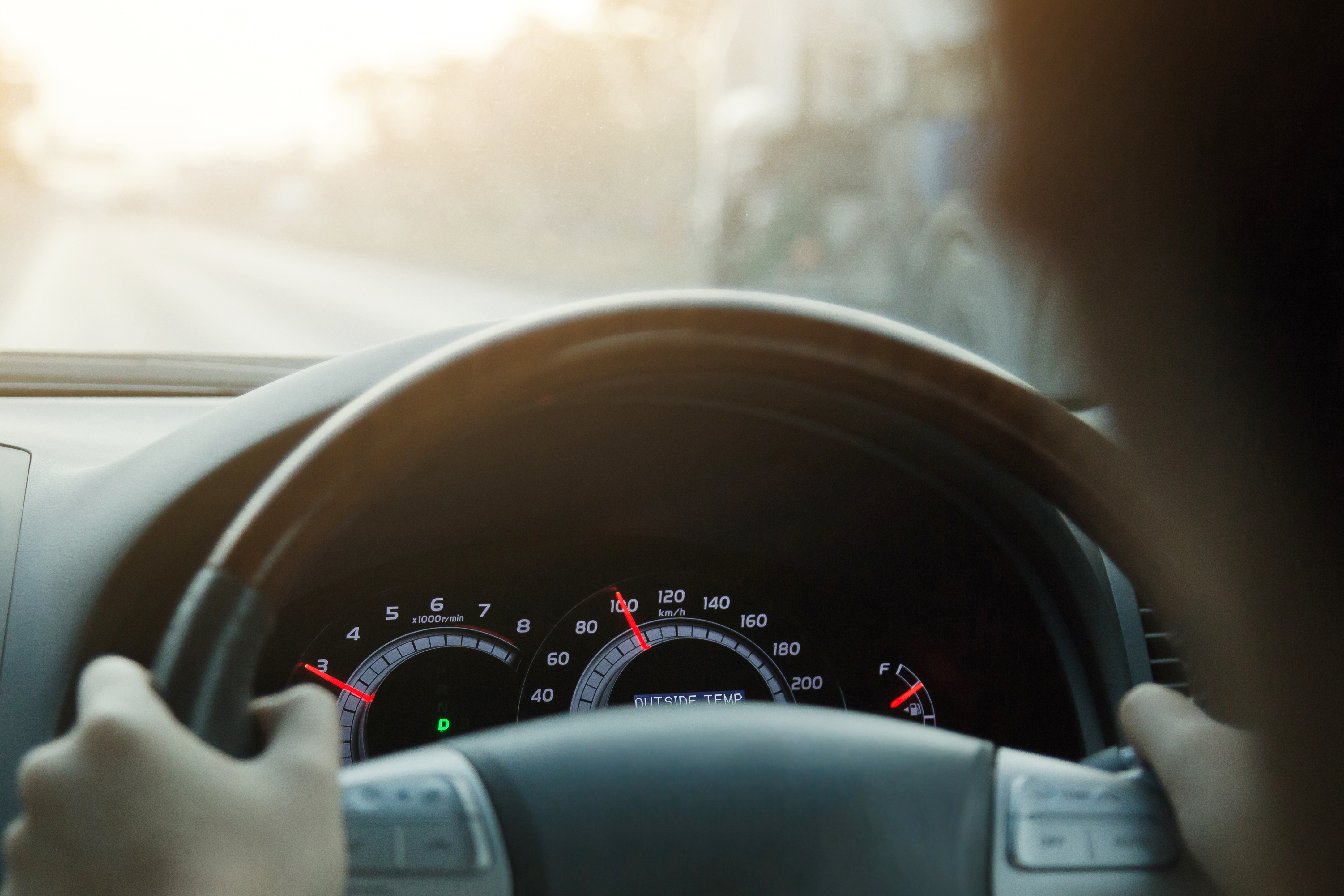
4. Smooth driving
In addition to the above point, keeping the vehicle at the right speed is crucial to fuel economy. Of course, this depends on traffic conditions and what’s happening further up the road, but decreasing your speed and having to accelerate again consumes more fuel.
Our best advice is to drive as smoothly as possible, gently using the brakes, accelerator and steering. When decelerating, it’s vital to remain in gear as the fuel cut-off switch in a fuel injection engine is then activated, meaning almost no fuel is used while braking.
Try to foresee what’s going to happen in front of you by looking well ahead. This will help you see the traffic lights on red to ease off the accelerator or slow down naturally and maybe keep moving instead of coming to a stop.
Driving up hills puts a strain on your fuel economy. So when you’re approaching a hill, try to accelerate a little before you reach it, then ease off as you drive up. The additional momentum should help minimise additional fuel consumption.
Some drivers put their gear into neutral and coast along as they feel they are using less fuel. However, this can be dangerous, as vehicles don’t handle as well when going around corners in neutral. Plus, you always need access to your accelerator to avoid unexpected hazards.
5. Using the air-con consumes more fuel
Some people consider this a myth, but it’s true. While most people know that having windows open can cost you fuel, the same is valid with air-conditioning, which can increase your fuel consumption by 8 to 10%. The effects are particularly noticeable on short journeys.
When you first set off, the air con has to work hard to bring the internal temperature down to a comfortable level. However, once the car has sufficiently cooled down, you can decide to reduce the flow rate, increase the temperature or completely turn off the air-con. On long journeys, it’s doubtful that the air con needs to be blasting the whole way. This is why increased fuel consumption caused by using your air-con may be more evident on short journeys.
If you are concerned about the amount of fuel being used by your air con, there are some ways you can reduce its consumption. When you first drive off, it’s better to open the windows for a few minutes, as this will remove the majority of the hot air in the interior, and your air-con won’t need to work quite as hard.
If it comes to a choice of air-con vs open window, it is more cost-effective to open your windows up to speeds of around 55mph as running the air-con at low engine speed generates extra stress and demand, resulting in increased fuel consumption. When driving above 55mph, it’s better to use the aircon instead of the extra drag caused by open windows.
Every accessory you use, such as the front or rear screen demisters, or the radio drains power from the battery, which is charged by the fuel in your engine. Only use accessories for the least amount of time that you need.
Don’t forget that your car’s air con should be used for at least five minutes every fortnight (even if it’s not needed) to keep the system lubricated and free of leaks.
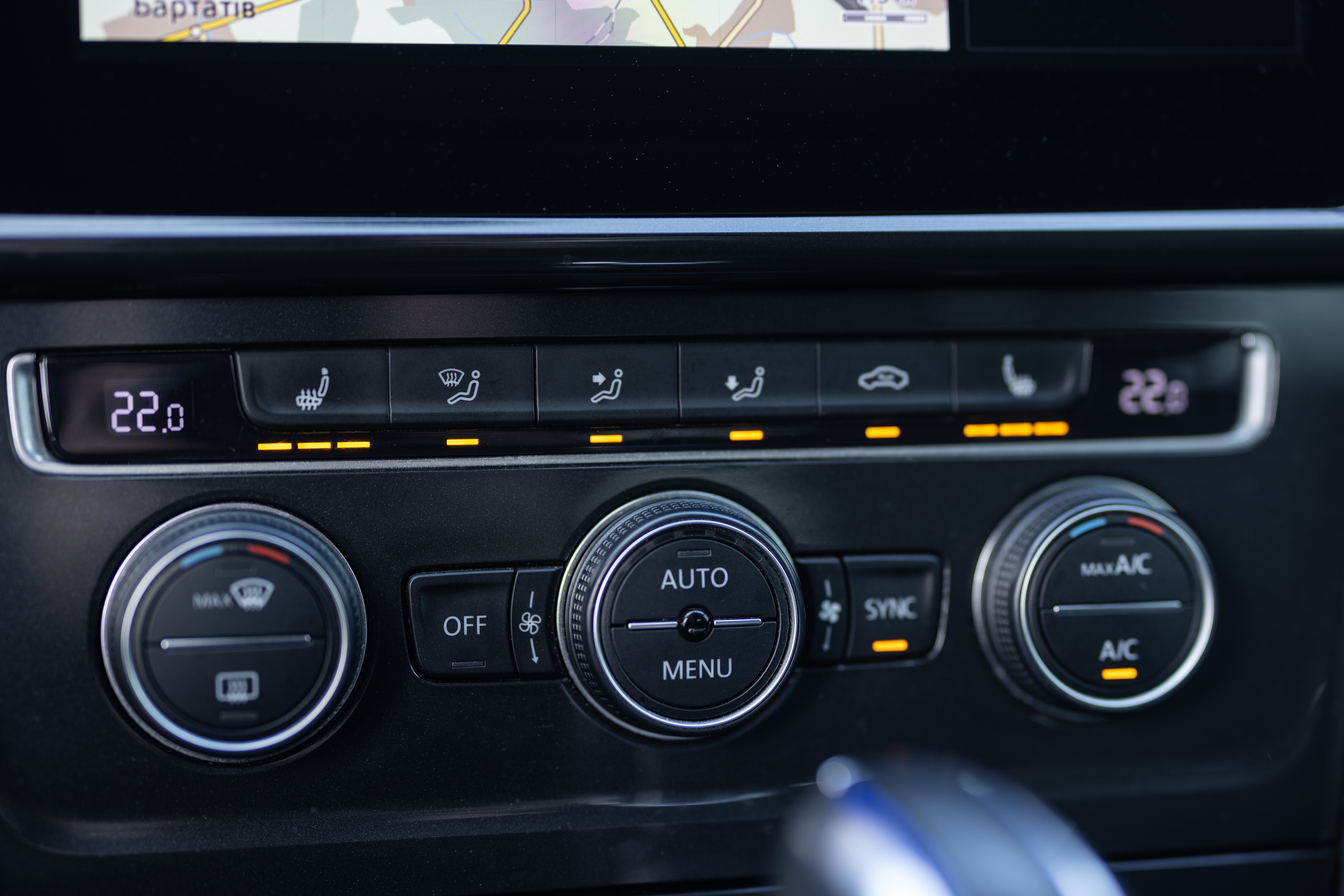
6. Shop around for the best fuel prices
Fuel prices can differ from station to station and depending on where you live, but even within reasonably small areas, you can sometimes find variations in resale prices. The variance in resale prices might only be a few pence, but the small savings made by tracking down cheaper petrol can make a huge difference.
One of the best ways to help you get the most cost-effective deal when filling up is to compare the fuel prices in your area. You can do this by downloading one of our suggested smartphone apps or use the websites listed below:
Websites
Apps
Petrol Prices - Free
This app checks and compares fuel prices at nearly 8500 petrol stations, covering 98% of the UK, and the fantastic thing is that the prices are updated on a daily basis. You can filter by distance, fuel type and fuel brand, and there's also a handy route planner too.
Download app from Google Play Store
WhatGas Petrol Prices - Free
This app boasts over 50,000 global fuel stations, including all major brands and supermarkets. You search the map to find petrol stations in your area and then click on a station to find out its fuel price. You can filter by fuel type and share your results also.
The AA - Requires membership
The AA’s smartphone app has several useful features including the ability to check fuel prices. However, you must have a Silver or Gold membership which starts with an annual £30 fee. The fuel comparison part of the app lets you search a map for the cheapest in your area and it's regularly updated by The AA, so it should be reliable.
7. Keep your tyres inflated
Lower tyre pressure adds drag onto a vehicle, which uses up more fuel. Try to check that your tyre pressures are correct every couple of weeks so that your car needs less oomph to keep it moving. Please take care not to overinflate your tyres as this will also use more fuel.
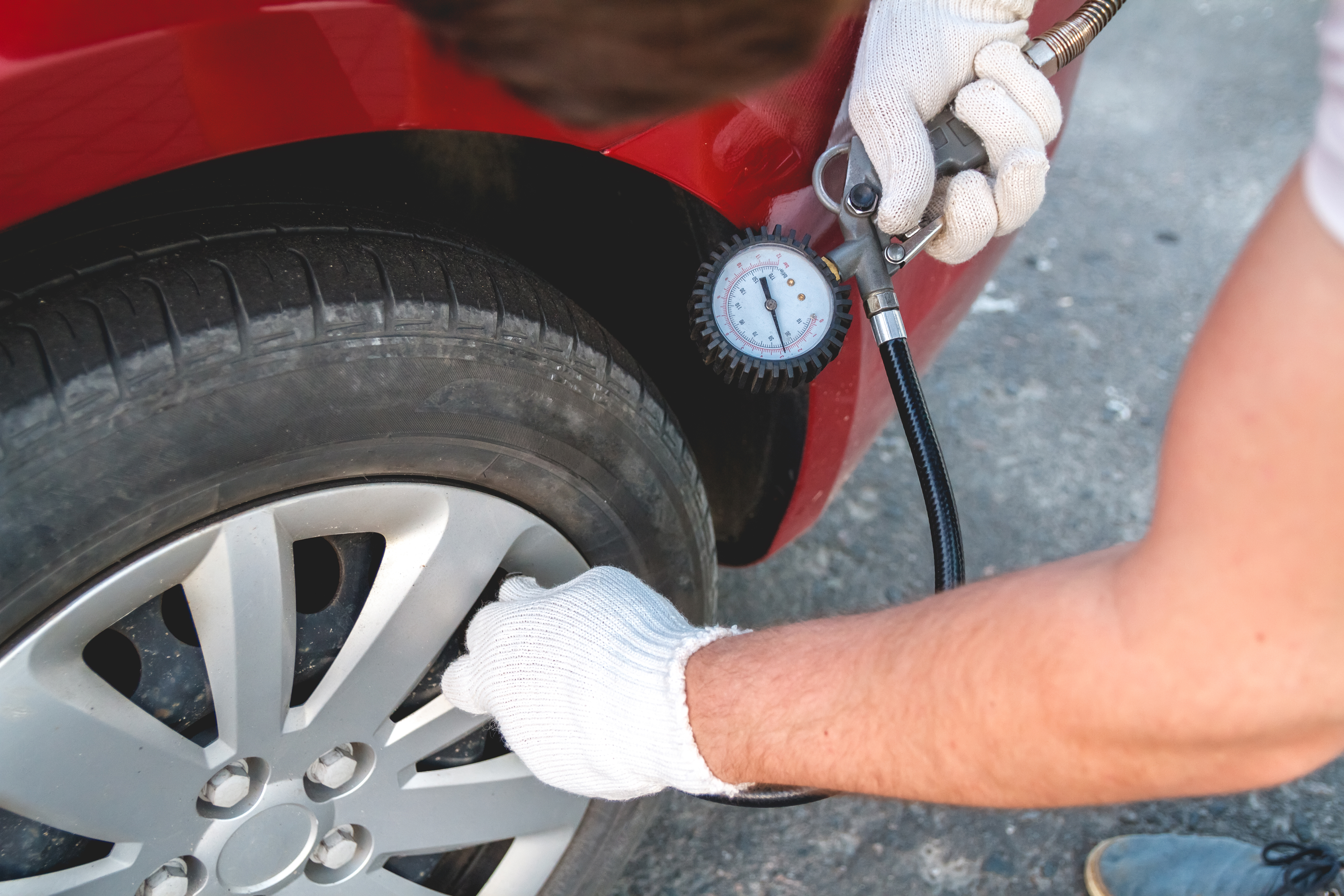
8. Does cruise control use more fuel?
One of the best ways to save fuel is driving at a constant speed on a flat surface and this is why cruise control is mainly used on motorway journeys. On average, the ability to drive at a continuous speed on a motorway could save you an average of 7-14% on fuel consumption.
However, if you use your cruise control regularly on non-flat roads, you would encounter issues that would increase your fuel usage. This is due to your cruise control being slower to react to changes in gradients. For example, when reaching the brow of a hill – you would normally take your foot off the accelerator to keep a constant speed when descending – your cruise control will keep the power on for slightly longer as it’s unable to see the gradient change ahead of you. Driving in this way frequently would lead to worse fuel consumption.
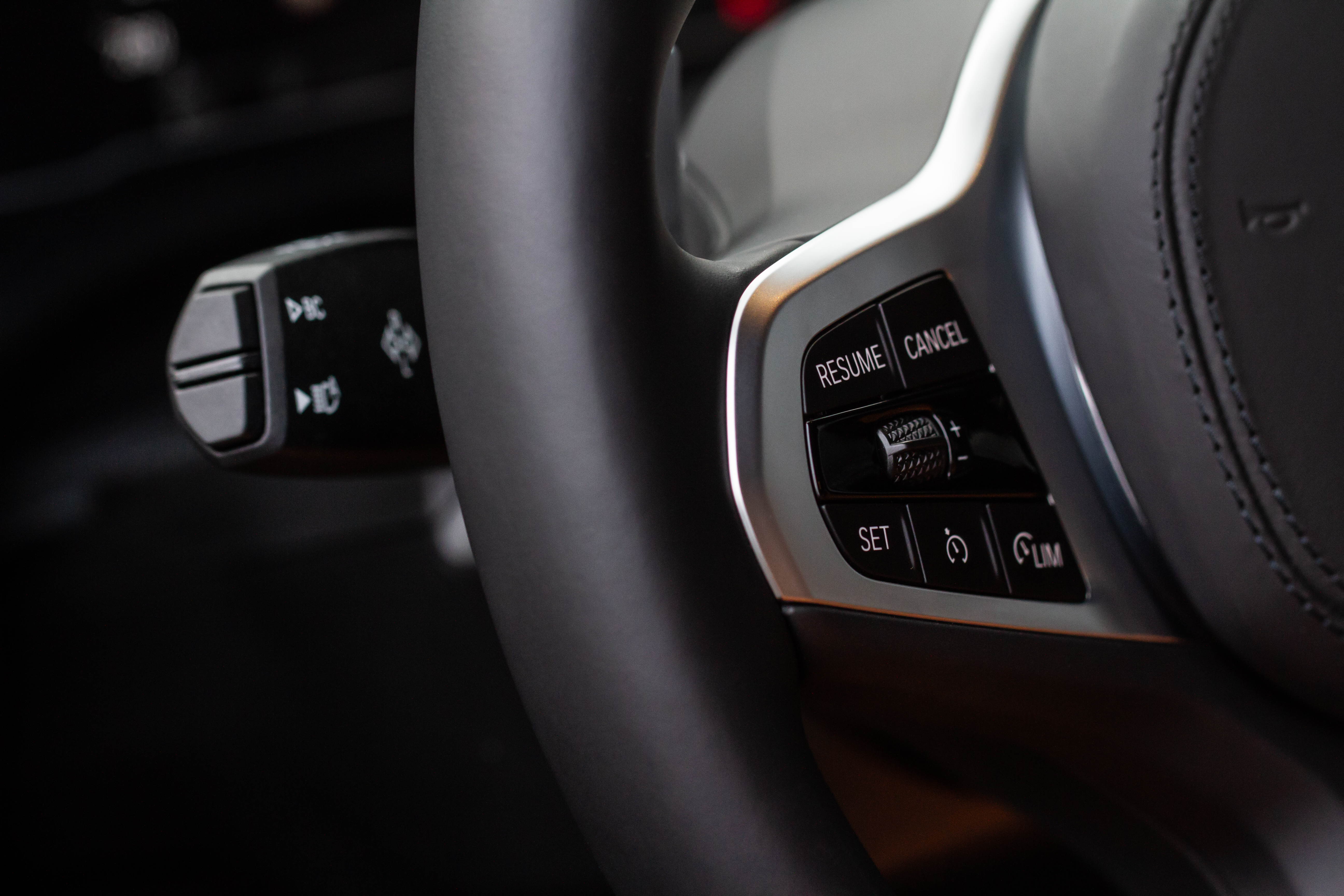
Other news articles you may wish to read:
- The law on using smartphones in cars 2022
- Eight important Highway Code changes take effect on 29th Jan 2022
- Benefits of driving an electric car
- Benefits for employers who install electric vehicle charging points
- Electric vehicle running costs explained
- Our Top 10 electric cars to lease
- Electric cars: deadline looming for claiming home charging grant
- Connected Kerb to install 190,000 electric vehicle chargers by 2030
- Tesla to open up their Supercharger network to other EVs
- New homes and offices to have chargepoints for EVs by 2022
